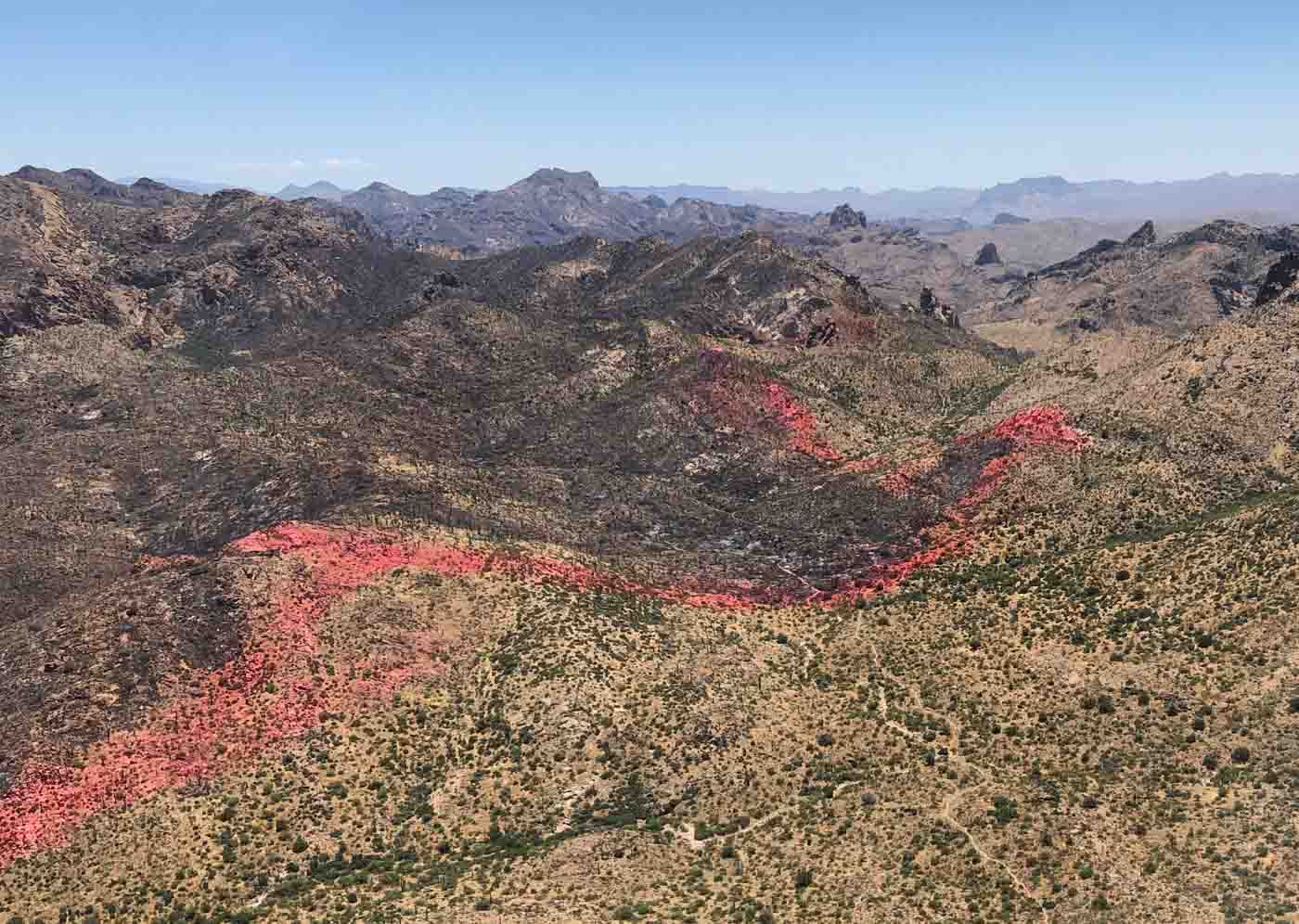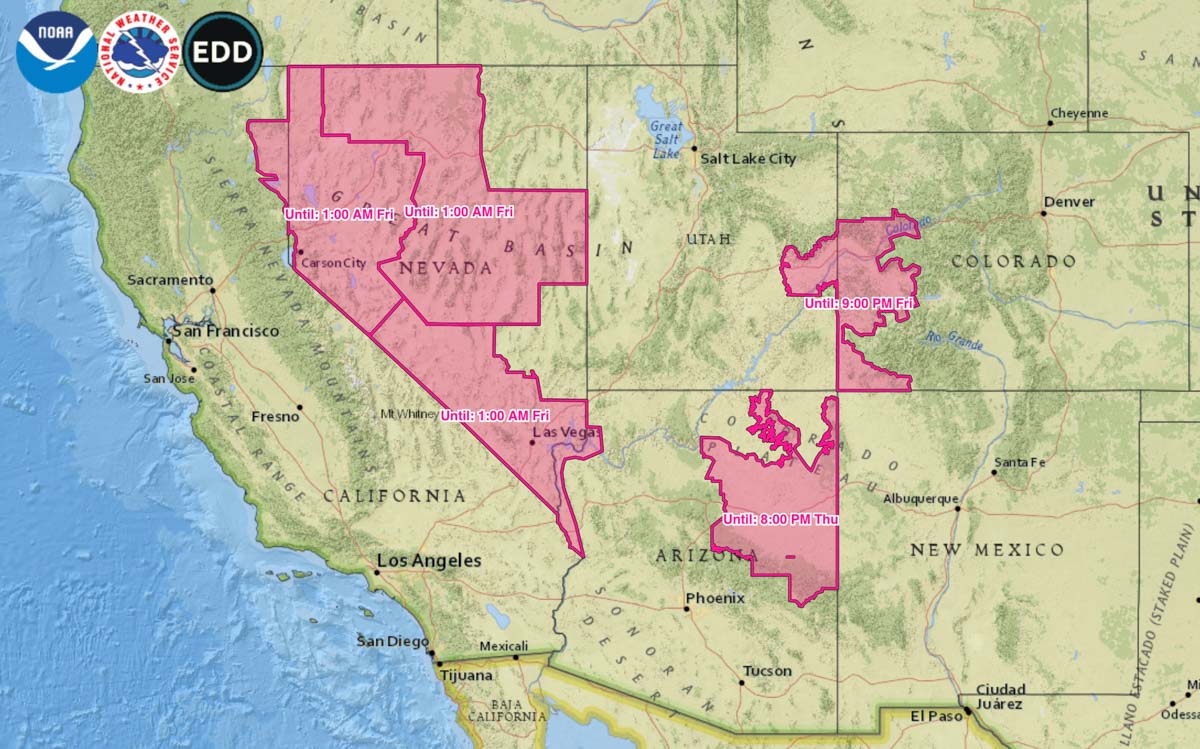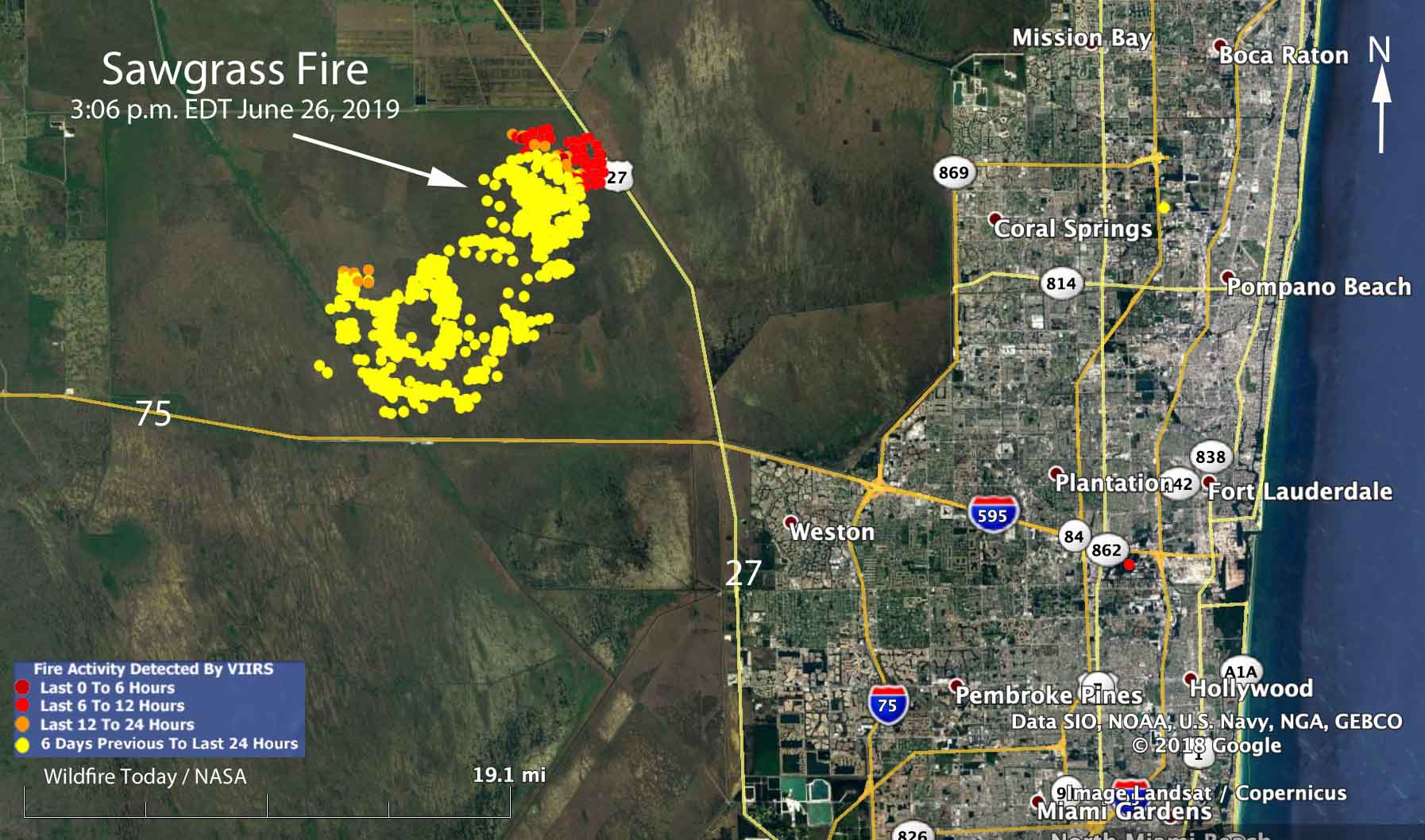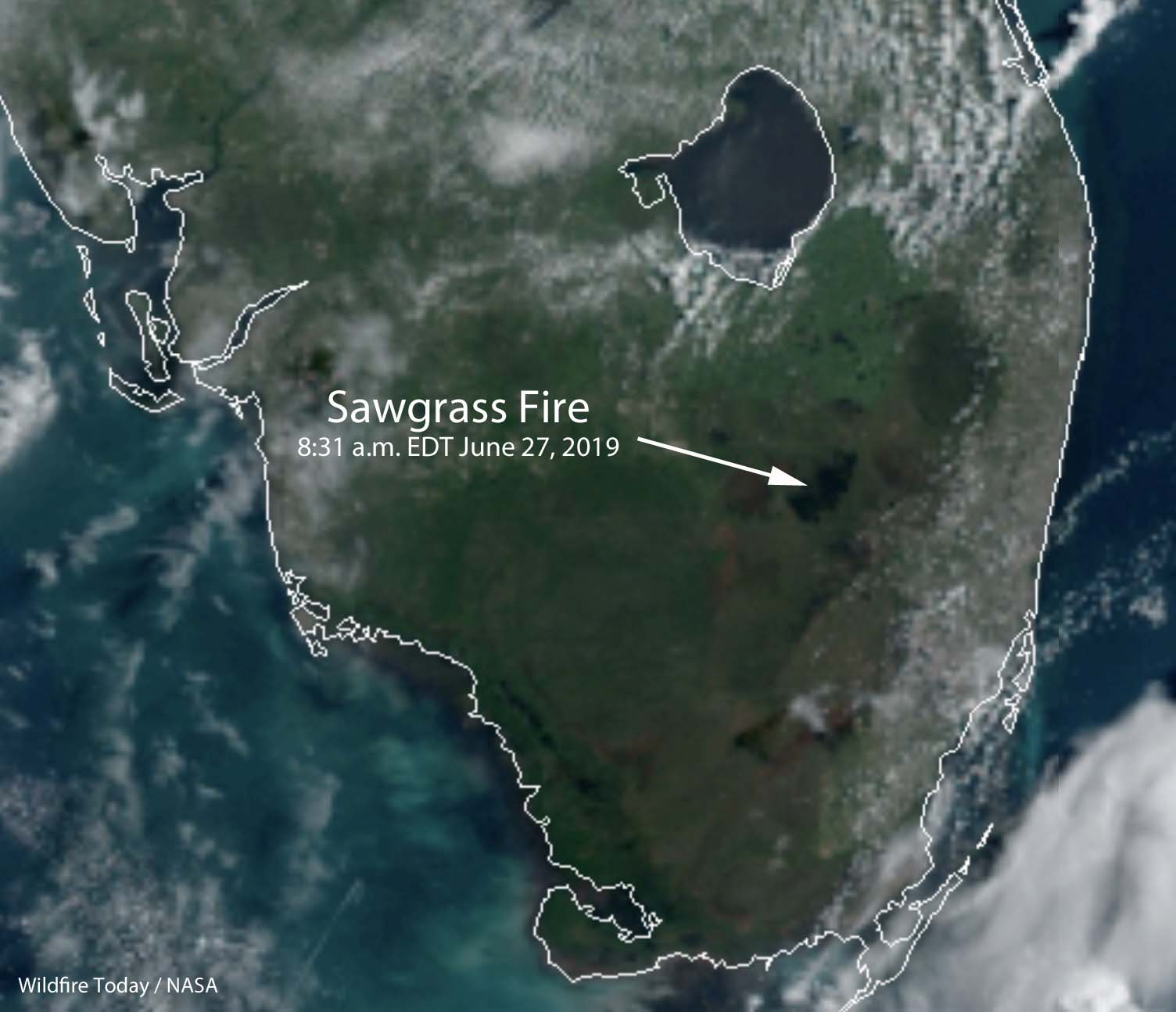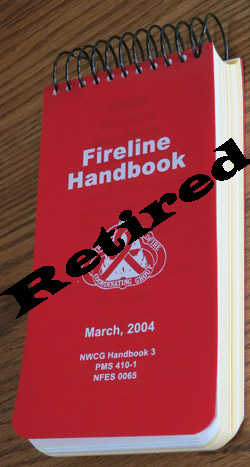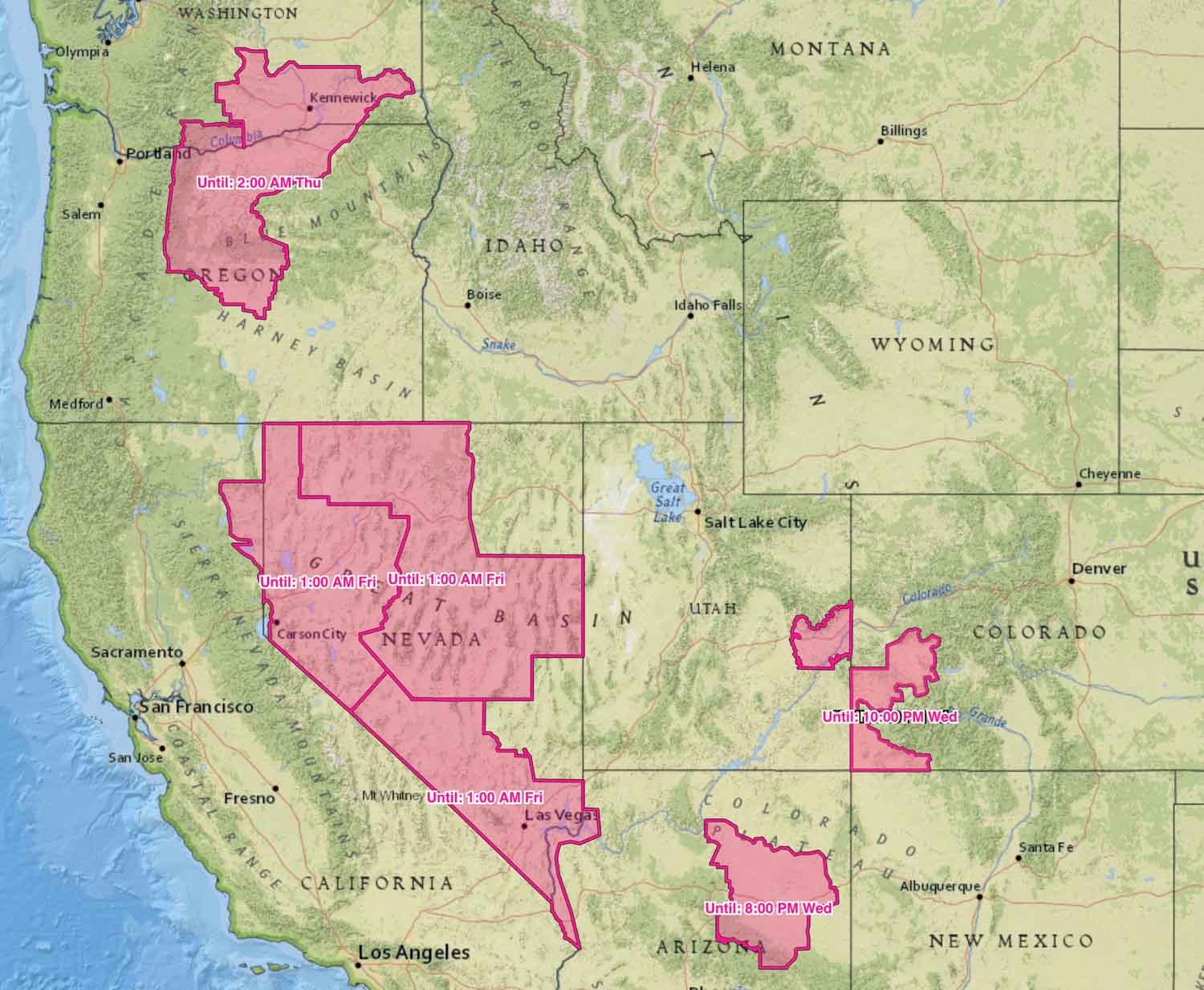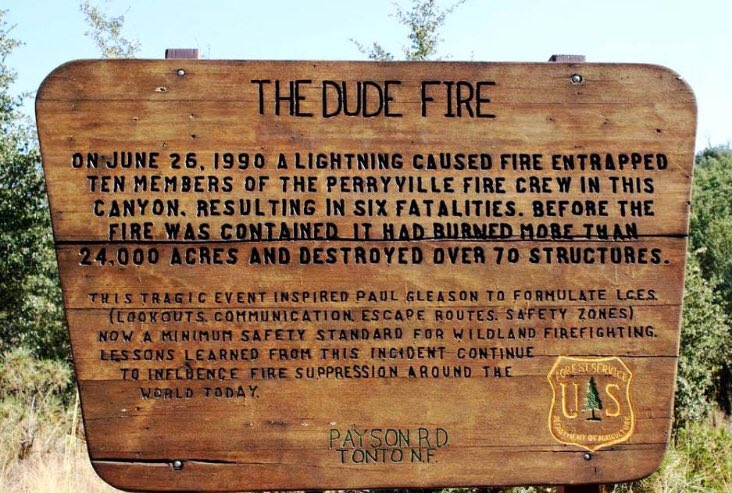
The spread of the Woodbury Fire east of the Phoenix suburbs has slowed considerably, allowing fire managers to begin “right-sizing” the fire, according to information released by the Incident Management Team (IMT). Some firefighting resources are being demobilized.
The Southwest Area Type 1 IMT 2 is starting an initial transition of duties to the Arizona Central West Zone Type 3 IMT. The Type 3 team will assume command of the fire at 6:00 a.m. tomorrow, June 28th.
Below is a map of the Woodbury Fire.
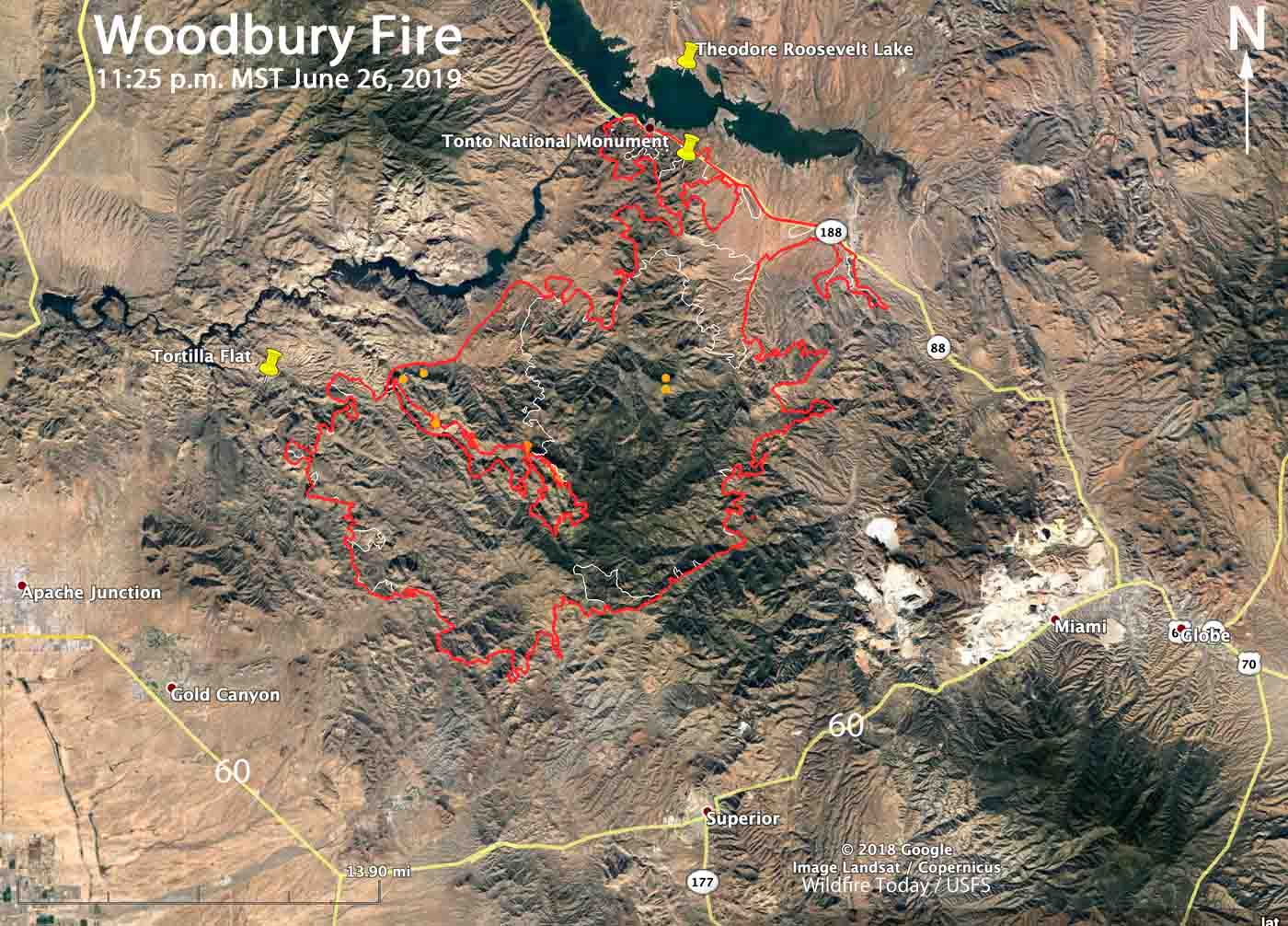
The work remaining on the fire includes patrolling, securing, and monitoring firelines. Fish Creek, Pinyon Mountain and Two Bar Ridge have interior pockets of vegetation burning within the fire perimeter. These areas pose no threats to the fireline, however southwest winds will push smoke towards the Roosevelt area on Thursday.
An Unmanned Aerial System, or drone, was used Tuesday to fly over the eastern border of the fire to scout for hotspots. The aircraft detected heat within the fire perimeter and helicopters then dropped water and firefighters constructed line on the ground. The IMT used the drone again on Wednesday.
